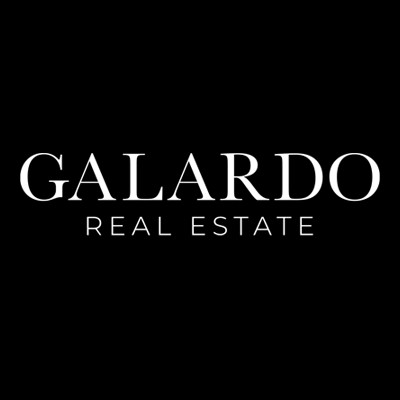
More people are now interested in a sustainable lifestyle which leads to the natural spread of this word in every aspect of our daily life. In real estate, especially when we talk about construction of houses and buildings, the word "sustainability" is not always understood equally and is often associated with costly procedures and technologies requiring time and resources.
No house can be 100% sustainable, as each house has some impact on our planet. The idea behind "sustainable houses" is to reduce as much as possible their impact on the environment.
There are three aspects that can best describe the definition of a sustainable house: size, energy consumption and useful life. Here is what's behind every aspect.
Size
We do not need to be experts in sustainable development and construction to say that smaller houses use less energy to build and maintain. In case you have decided to build a sustainable home for you and your family, the first question you need to answer is how much space you really need to live well? Here the luxury is not measured in square meters but in a conscious decision with a thought to the environment. The answer to this question is important because every square meter in a house uses energy, thus contributing to the running costs of the house.
Size is important to consider when designing the house. What will the house be used for - as permanent residence or summer cottage? How many people will live in it? Good design will incorporate these considerations and will leave room for any changes in the house by its future occupants.
Energy Consumption
Although size is a factor, a sustainable house does not mean a small house. It comes down to the building standard applied and the resulting energy consumption. There are standard principles for this type of houses, for example, the standards for Zero Carbon houses. These standards ultimately determine the energy consumption of the house once it is ready and not during its construction.
Speaking of standards, there are also other types of houses that could be considered sustainable: eco-homes and green homes that often come with a green roof and a rainwater collection function; low energy houses that focus mainly on energy consumption; as well as various government initiatives, such as Zero Carbon houses in the UK or energy-efficient buildings in the EU, that are gaining increasing popularity. All these types of houses lead to a diverse range of sustainable buildings and are an example of the fact that the choice is bigger than we can assume.
Useful life ot the house
The ultimate aspect of what makes a house sustainable is its life span. Generally speaking, sustainable homes are built to last as long as possible. Nowadays the standard house is built with a life span of about 80 years. The sustainable house is built to last more than 100 years. Given the useful life expectancy, considerations such as size and energy consumption are even more urgent to take into account because such house is not built for just one generation.
Undoubtedly, here comes the question of “Why build a sustainable house”?
We have looked at several advantages that make
it worthwhile to consider the benefits of the sustainable house.
Reduced costs over time
By definition sustainable houses are energy efficient. The initial investment may be greater than in a conventional house, but in the long run it will cost less money because it will be efficient throughout its life.
In the construction phase, the use of recycled and even reclaimed materials will also add savings to the house. The rule that by building a sustainable house you invest in the future, is utterly valid.
Minimized environmental impact of the house
As already mentioned, no house can be 100%
sustainable and every house will have an impact on our planet. Building a
sustainable house aims to reduce its footprint by using less energy during
construction. The reduced footprint on our planet may be a good motivation and
incentive to start building (and live) more sustainably
Security
A sustainable house can also act as an insurance against rising energy prices. The prices for oil, gas and consequently electricity, will increase in the future. Using less of these resources in a house will mean lower running costs.
Allegedly, there is a specific type of sustainable house that can withstand fires, hurricanes and earthquakes. Regardless of whether these statements are true or not, building a sustainable house will allow each builder to make it in accordance with local conditions (including natural disasters).
The greatest advantage of any sustainable house remains the overall improvement of the quality of life. A sustainable house may have built-in air exchange properties to minimize harmful gases. Indeed, sustainable houses can make significantly less harm.
The
sustainable house also matches its occupants and their way of living. It can be
customized and made properly and aesthetically beautiful, it can be further dimensioned
or made smaller to fit future generations